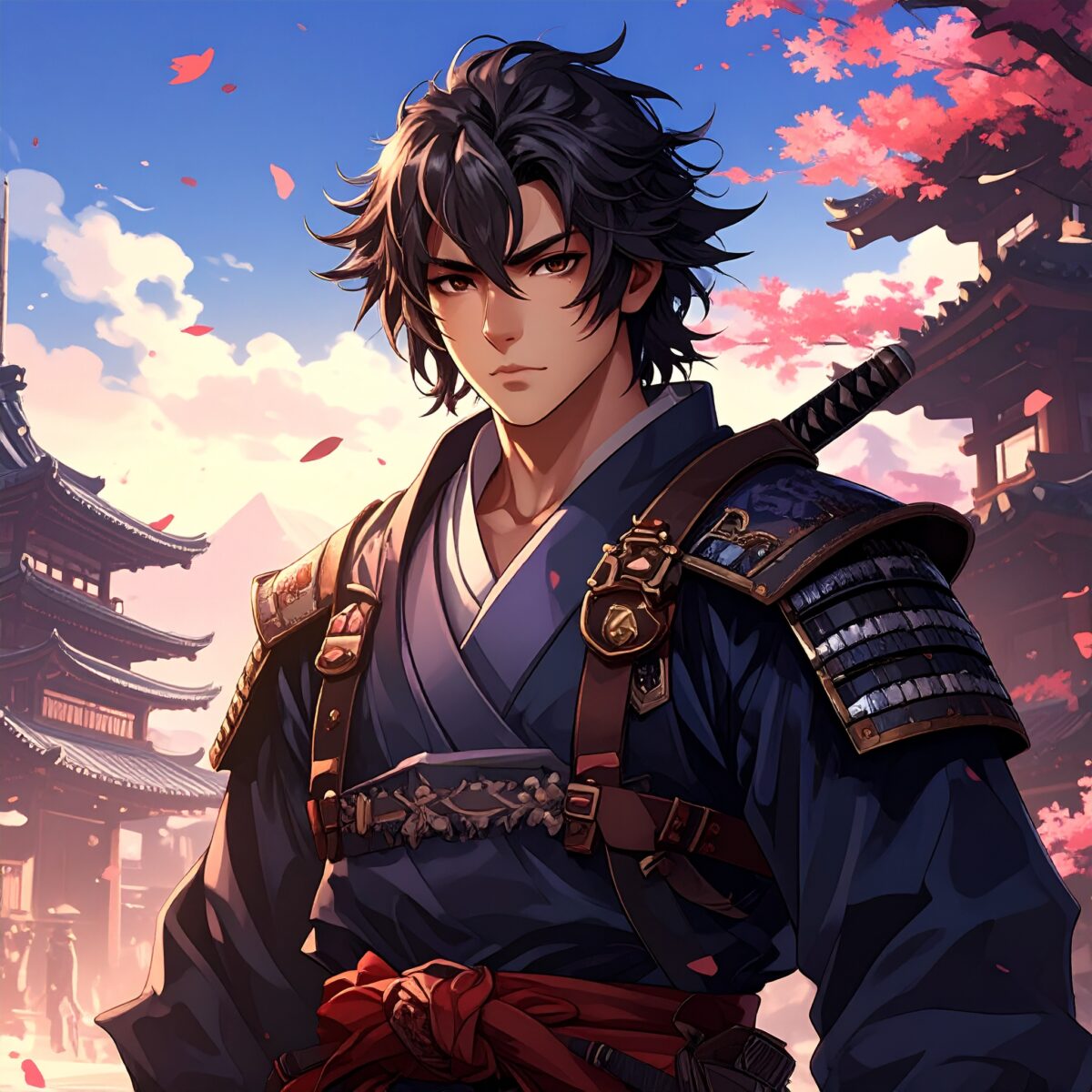Mention the Edo period, and many imagine sword-wielding samurai or grand castle towns ruled by shoguns. Yet today, it’s not the stories of warriors that are quietly gaining attention abroad—it’s the everyday wisdom of the people who lived simple, thoughtful lives.
Frugality, reuse, mutual support, and coexistence with nature—these practical habits are now being re-evaluated as sustainable solutions for modern urban living. In them, global audiences are finding timeless inspiration for a more mindful, resilient way of life.
The “Mottainai” Spirit: How Edo’s Commoners Lived with Less and Gained More
In the Edo period, townspeople and farmers lived resourcefully within their means. Food scraps were used down to the peel, fabric was worn until it tore, and broken tools were routinely repaired and reused. Techniques like kintsugi (golden joinery), visible mending, and repurposing old clothes were not special arts—they were simply part of everyday life. Using things to their very last was a fundamental ethic.
Today, as climate change and mass consumption challenge modern society, this “mottainai” mindset is being re-evaluated globally. In eco-conscious media across France and Germany, Edo-era lifestyles are praised as models of non-consumptive abundance—where richness was measured not by how much was owned, but by how well things were cherished and sustained.
Everyday Sustainability: Edo-Era Wisdom for a Zero-Waste Life
In Edo-period Japan, sustainability was a way of life. Rainwater was collected for laundry, vegetable scraps became compost, paper was recycled, and even oiled paper and ash were reused. This cyclical approach to living closely resembles today’s concept of zero waste.
Homes, too, were naturally energy-efficient. In summer, floor plans were designed to allow wind to flow freely; in winter, warmth came from hibachi braziers and insulated shoji screens. These methods relied not on electricity or machines, but on deep knowledge of nature’s rhythms. Today, architects in Scandinavia and Australia are studying such Edo-era practices as models of eco-conscious design worth emulating.

Efficient Energy—Even in Human Connection
In Edo-period Japan, energy efficiency extended beyond materials—it was reflected in human relationships as well. When a fire broke out, neighbors rushed in with buckets. If someone fell ill, rice porridge was shared. Children were looked after by the whole neighborhood. This natural local network formed a foundation of mutual support and collective care.
This way of “living supported not by individuals, but by the community” closely mirrors today’s growing trends in the West: collective living and shared communities.
In European cities where urban loneliness and social fragmentation are rising concerns, many are turning to Edo-era life for inspiration. The spirit of idobata kaigi—the casual, communal conversations held around neighborhood wells—offers a warm and practical model for rebuilding everyday human connection.
Finding Fulfillment in “Knowing What Is Enough”
Life for the common people of Edo was far from wealthy—but within their modest means, they found joy in creativity and meaning in sharing. They lived simply, yet celebrated the seasons, expressed their individuality through vessels and kimono, and infused everyday life with personal stories.
This approach to living is now gaining renewed significance in a world rethinking the equation of material wealth with happiness.
For many in today’s minimalist and locally conscious younger generation, Edo-era life is no longer just a page from history—it’s a quietly inspiring model for a more thoughtful, contented way of being.
Conclusion: When History Offers Clues for the Future
侍の刀や城だけではない。江戸時代には、庶民が長い時間をかけて培った「生きる工夫」と「心のあり方」が詰まっている。
それは、現代のテクノロジーやグローバル経済だけでは満たせない“人間らしい豊かさ”のヒントだ。
江戸の庶民が教えてくれるのは、「大きくなくていい」「多くなくてもいい」という知恵。そして、丁寧に暮らすことが未来を育てるという、時代を超えたメッセージなのかもしれない。




